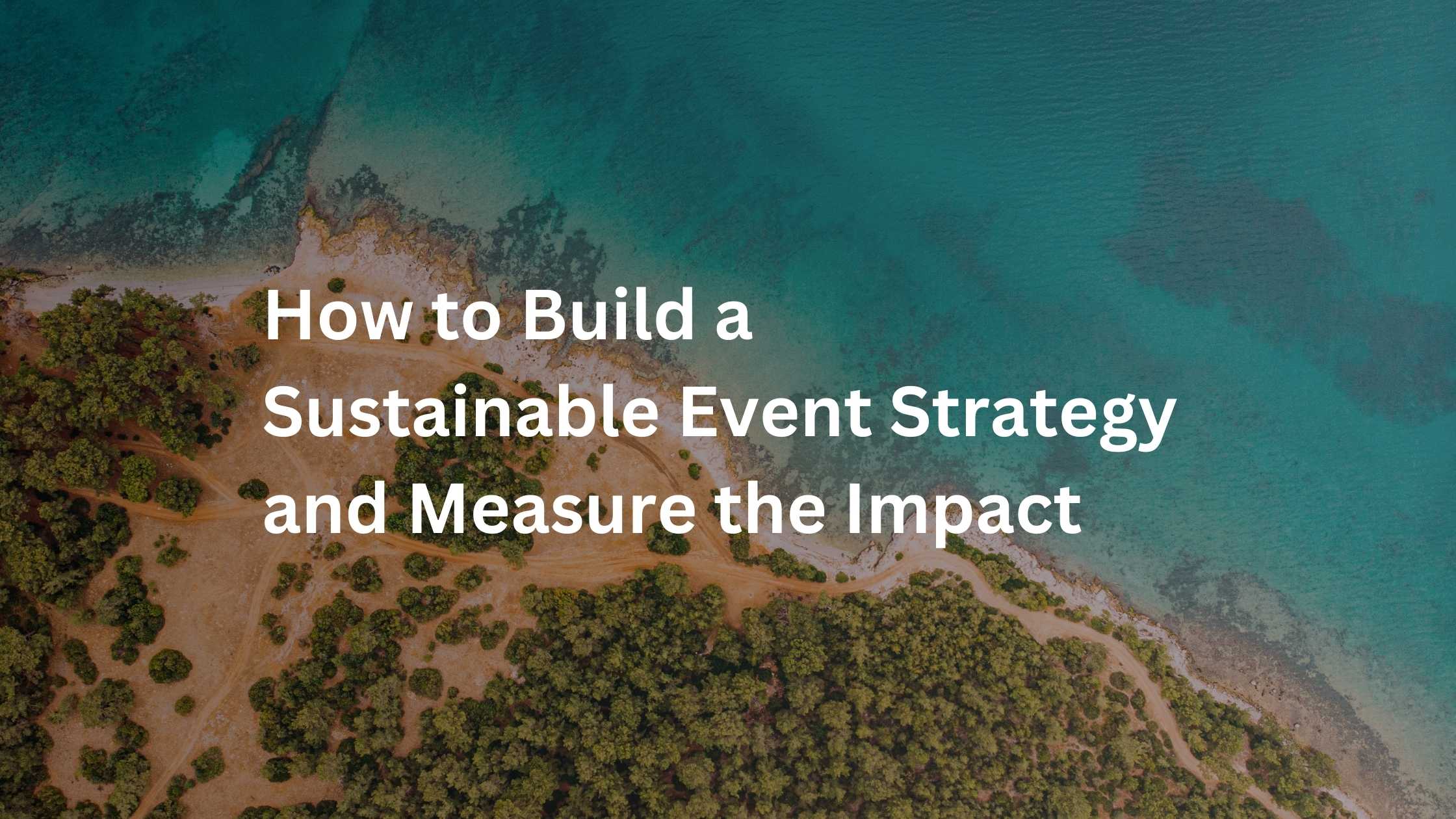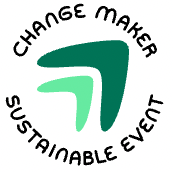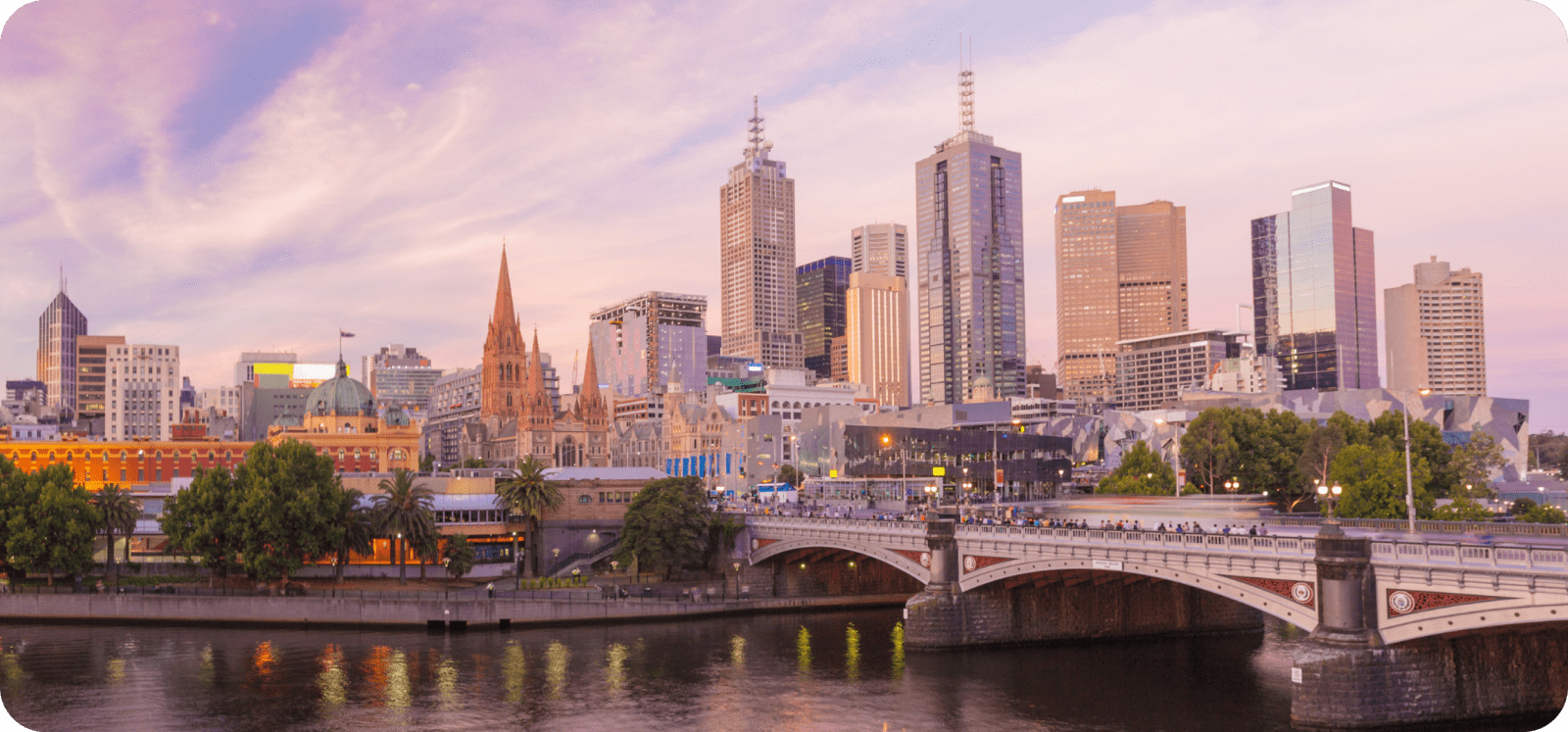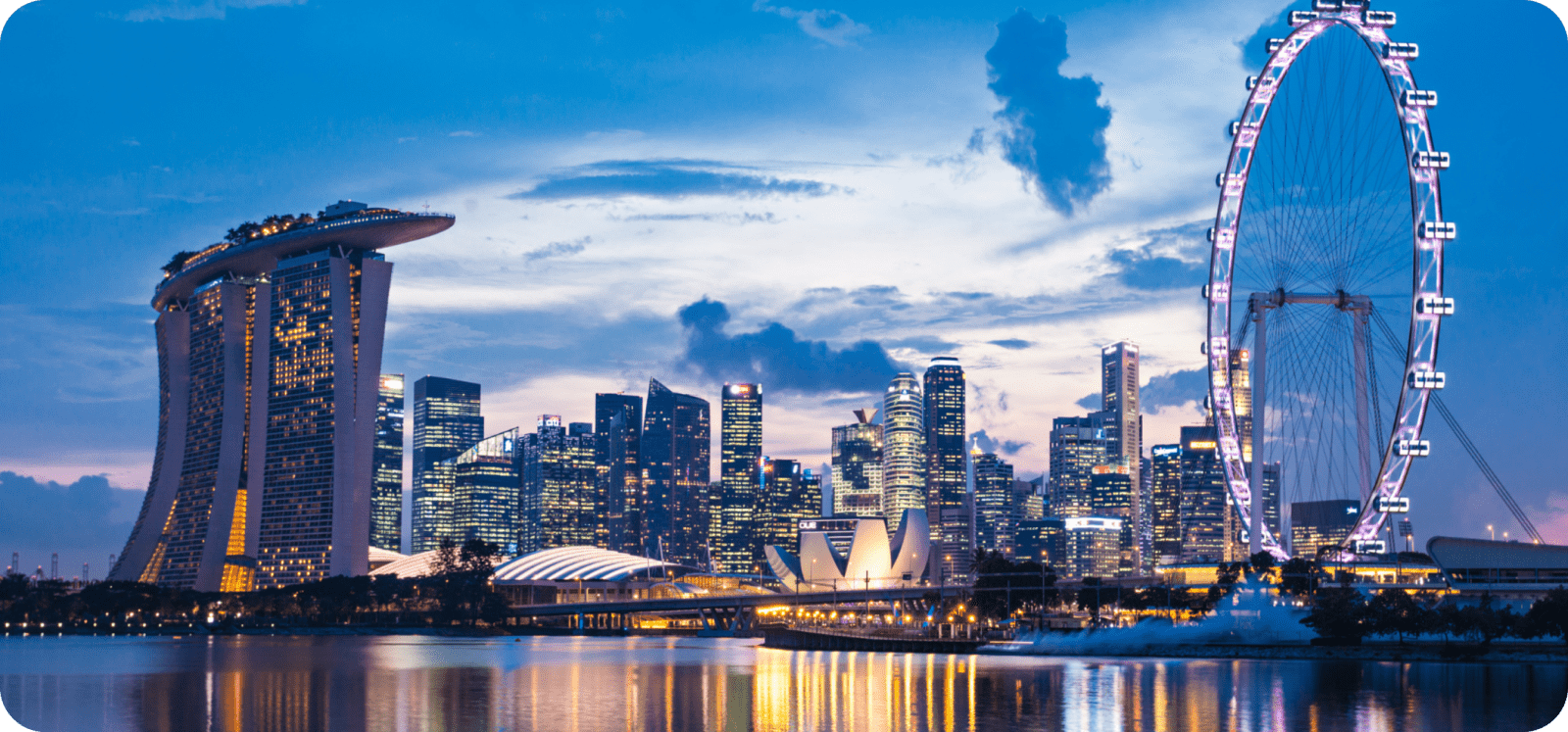
What is Sustainable Event Management
In short, sustainable event management means integrating environmental, social, and economic considerations into all aspects of event planning.
By adopting sustainable practices in event planning, we can reduce waste, conserve resources, promote social responsibility, and contribute to a healthier planet.
Some event organisers consider planning a sustainable event as solely environmentally focused. But true a sustainable event strategy means taking a holistic view of the entire social, economic and environmental impact of your event and reducing any negative impacts where possible.
That being said, the most important thing is to make a start on your sustainable event journey. This may mean focusing on a segment of your event – like accommodation or travel, then building up to full carbon neutral event status.
Why does it matter?
We all have a responsibility to limit global warming and reduce the adverse affects that human activity has on the planet, and event organisers must play their part.
The events industry generates carbon emissions from many sources; venue and hotel suppliers, attendee travel, catering and merchandising to name a few.
And yet, not enough action is being taken on both the supply chain and client side to mitigate adverse climate impacts.
When it comes to corporate policy, despite 55% of organisations having company-wide emissions reduction targets, yet only 9% have carbon reduction targets in place for meetings and events.
If event planners are to help organisations avert the worst impacts of climate change and
keep global warming to no more than 1.5°C – as called for in the Paris Agreement – we need to do more.
And the benefits of planning greener events are far reaching – sustainable events not only benefit the environment and local communities, but enhance the reputation of host organisations, attract environmentally conscious attendees, and contribute to a brighter more sustainable future as a whole
“As event organisers, we have a moral responsibility to integrate sustainability into every aspect of our events. By prioritising sustainable practices, we not only reduce our environmental impact but also set an example for our industry and empower attendees to make conscious choices. It’s time to embrace this responsibility and create events that leave a positive and lasting legacy.” – Aimee Udall, On Purpose Events.
Now, let’s dive into the steps involved in building your sustainable event strategy.
Create Your Sustainability Policy
You may find that your organisation already has a company-wide sustainability policy in place, however it may not specifically cover meetings and events.
The goal here is to develop a sustainability policy that provides guidelines for all company event-related activities.
Broadly speaking, your sustainable event policy should address waste management, energy consumption, water conservation, and procurement practices.
Organisations with a sustainability policy in place are 2.5 times more likely to implement sustainable practices. That’s a big impact!
Examples of smart sustainable policy commitments are:
- Engage with sustainable suppliers and venues. Look for certifications such as LEED, Green Star, ISO 20121 to ensure they’re committed to sustainable practices.
- Eliminate paper agendas, surveys and business cards from events. Using an event mobile app is an effective way to achieve this and engage in real time with attendees.
- Choose local, seasonal food and donate leftovers. Companies such as Ozharvest can collect your saving surplus food and deliver it to charities that help feed people in need.
- According to the Event Industry Council’s Sustainable Event Standards, partnering with sustainable suppliers and venues alone can reduce environmental impacts by up to 50%. That’s a win-win for everyone!
Having a sustainable event policy in place for your organisation provides a solid bedrock from which event planners and third parties can execute your event program. But, it’s not essential to get started on your sustainable event journey. Our On Purpose event planners can meet you where you’re at and guide you on how to take the first steps to a more sustainable event approach.
Set Clear Sustainability Goals
Start by defining measurable and time-bound sustainability goals that align with your event’s objectives.
Examples of event sustainability goals could be:
- Reduce event carbon emissions: Set a goal to reduce the event’s carbon footprint by a specific percentage or a certain number of metric tons. Our On Purpose event planners can help you do this by pre-estimating potential carbon emissions using our sustain-life event carbon calculator tool. We then look for smart, cost-effective ways to uncover energy consumption and carbon reduction opportunities for your event.
- Support local and sustainable sourcing: Establish a goal to source a certain percentage of event services and products locally and from sustainable suppliers. This promotes local businesses, reduces transportation emissions, and encourages sustainable practices throughout the supply chain.
Our On Purpose event planners take a simple 3 tier approach to setting sustainable event goals. Clients select their tier – change starter, change maker or game changer – based on where they’re at in their climate journey.
Then we work together to establish measurable and actionable goals toward achieving sustainable and carbon neutral status.
 |
 |
 |
| Measure, reduce and offset emissions for one specific element of your event, such as travel or catering. | Reduce your event’s carbon footprint across lodging, travel, waste, energy, food, giveaways, and more. | Sustainable events with verified offsets for unavoidable emissions to get you to carbon neutral. |
Involving Stakeholders
Don’t go it alone – the success of your event sustainability efforts hinges on collective action. By involving your stakeholders, you create a sense of shared responsibility, increasing the likelihood of achieving your sustainability goals and leaving a lasting positive impact on the event and the broader community.
Communicate and engage your stakeholders early in the event planning process, listen to their ideas and concerns, and provide opportunities for feedback and collaboration.
Customers want it, investors expect it and reporting will be compulsory in the near future. Taking steps now [to calculate and reduce event emissions] puts you ahead of the game, keeps you relevant to stakeholders and saves you money in the long-term.
– Reset connect, the leading UK sustainability and net-zero event for business, investors and innovators.
Sustainable event platform and reporting:
Make sure your corporate event agency has the tools and expertise to manage your events in line with your sustainability policies and goals, and can share key results with stakeholders to help with smarter decision-making policies, sustainable venue and supplier spend tracking, and carbon offset purchases.
Most professional event planners such as On Purpose use a centralised event management platform to manage end-to-end planning and execution and provide robust client reporting, analytics and insights for future events.
Implementing Sustainable Event Practices
Now that you have your strategy in place, let’s look at ways we can put it into action:
- Waste Management: Minimise waste by promoting recycling, composting, and using reusable or biodegradable products. Make sure to provide clearly labeled recycling bins and communicate the importance of waste reduction to your attendees.
Did you know that recycling at events can divert up to 85% of waste from landfills?! Every little bit counts!
- Energy Efficiency: Optimise energy consumption by using energy-efficient lighting and equipment. Encourage venues to provide renewable energy options like solar or wind power.
- Transportation: Encourage sustainable event transport modes for your attendees, such as public transit, carpooling, or cycling. Communicate options to attendees via digital event platforms to reduce the need for printed materials.
By implementing sustainable event transport solutions, you can reduce carbon emissions associated with your event by up to 40%, as found by a study from BCD Meetings & Events. Let’s go green on the go!
- Food and Beverage: Choose locally sourced, seasonal, and organic food options. Minimise food waste at events through careful planning, donation, or composting. Avoid single-use plastics and opt for reusable or compostable alternatives.
Food waste accounts for 8% of global greenhouse gas emissions. By minimising food waste, you can significantly reduce your event’s environmental footprint – World Wide Fund (WWF).
Whether you’re starting at stage 1 – Change Starter – and tackling emissions for one specific portion of your event such as transport, or reaching for the gold standard – Game Changer, Carbon Neutral status, the key is – you’re taking action. And that’s how we enact change.
Measuring the Impact
Now, let’s see how you can measure the impact of your sustainable event strategy:
a. Sustainable Carbon Measurement Tools:
There are many event carbon measurement tools available that can quantify your event’s carbon footprint. Factors like transportation, energy usage, waste, and attendee travel are used to measure total carbon output. Then the next step is to uncover ways to reduce the amount of carbon emitted through smart, more sustainable event planning and execution.
There are free event sustainability carbon calculator tools like SAM – run by the industry for the industry, that can help you measure the carbon footprint of your events.
Other available paid tools include GREENLY – a holistic carbon accounting solution, and the TRACE event carbon footprint platform by isla, a non-profit organisation.
When evaluating carbon calculators be sure to check that data capture and reporting are aligned with the GHG Protocol and GRI Standards for environmental reporting, so you can understand the full picture of your events in line with global standards.
If you’re unsure how to best determine what to measure, and how to collect and compute relevant data to create longer-term sustainability goals then working with a sustainable event planner will help.
Our On Purpose sustainable event planners help our clients measure and minimise carbon using our verified carbon calculator and offset tool powered by sustain.life.
We provide detailed but easy-to-understand graphs and reports that you can use in your event reports and corporate ESG reporting. And we use the data to set targets for emissions reduction and track your progress over time.
b. Attendee Feedback:
Gather feedback from your attendees and staff to understand their perception of your sustainability efforts. Conduct surveys or feedback forms to gauge their level of engagement and satisfaction with the event’s sustainability initiatives.
Did you know that 72% of event attendees consider sustainability when deciding to attend an event? Positive feedback from your attendees can enhance your event’s reputation and encourage future sustainability efforts. – Event MB
c. Post-Event Evaluation:
Evaluate the success of your sustainability strategy by collecting and analysing your key event data such as waste diversion rates, energy consumption, and emissions. Compare the results against your preset sustainability goals to identify areas for improvement. And be sure to celebrate and share your wins!
Congratulations! You’re well on your way to building a sustainable event strategy and making a positive impact. By setting clear goals, implementing sustainable practices, and measuring your impact, you can create memorable events while caring for the environment.
Remember, sustainability is an ongoing journey, and continuous improvement is key to achieving long-term success.
So, let’s get started, building a sustainable future—one event at a time!





